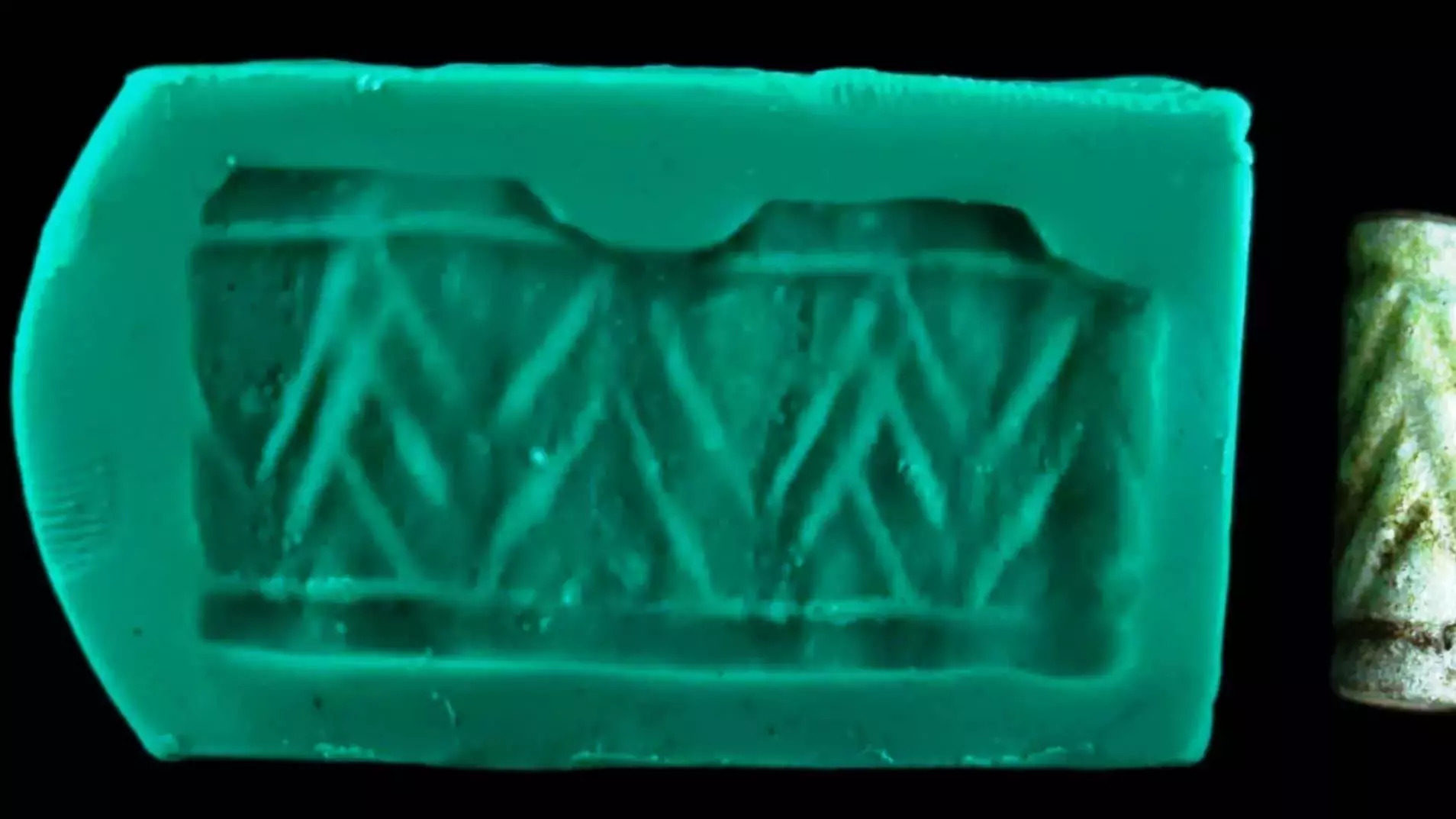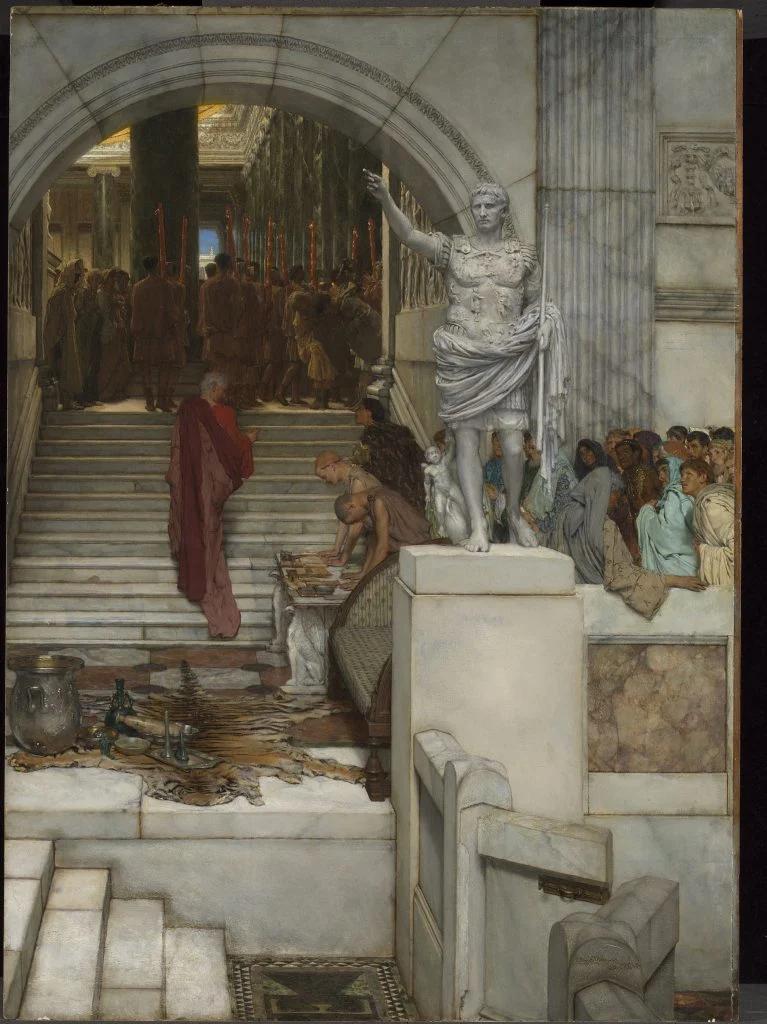Archaeological excavations at the Tavşanlı Mound in the Tavşanlı district of Kütahya province have uncovered a 3,700-year-old cylinder seal from a layer dating to the end of the Assyrian Trade Colonies period.
This rare seal, which has excited the archaeological community, is expected to address a significant gap in Anatolia’s trade history.
The seal, made of tile, features bordered lines on the top and bottom and is adorned with “V” motifs arranged in groups of two and three within each other.
Tile cylinder seals are known from major trade centers such as Kültepe and Acemhöyük in Central Anatolia. This newly discovered seal is the first example of tile cylinder seals in Western Anatolia, revealing the existence of new trade routes between the East and West.
Additional findings from the excavations strengthen the link between this trade center and artifacts from Mesopotamian and Central Anatolian origins. The most striking discoveries include weapons and human remains of four different individuals found among the rubble in the fire layer. These remains show evidence of a sudden and brutal attack on the settlement, indicating that the people were attacked before they could escape their homes.
This historical discovery not only underscores the importance of Tavşanlı Mound but also sheds light on the extent of Anatolia’s historical trade networks and the depth of cultural interactions during this period.







